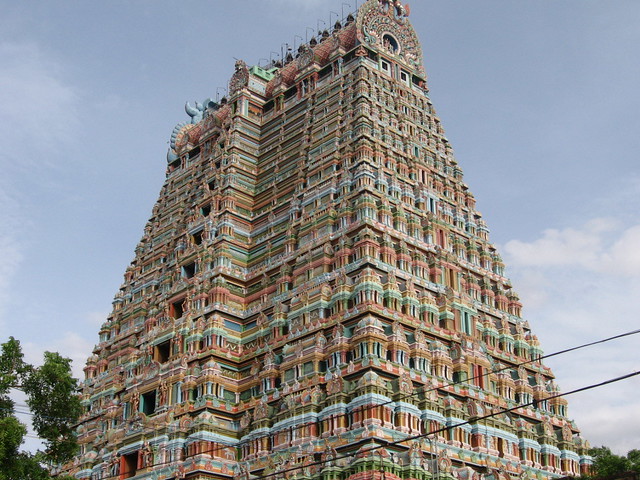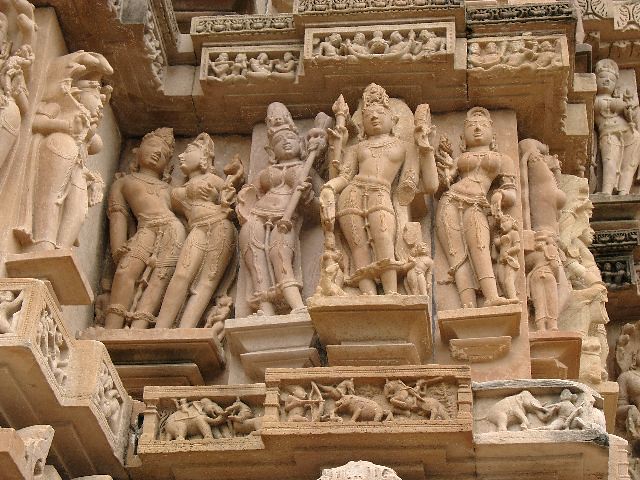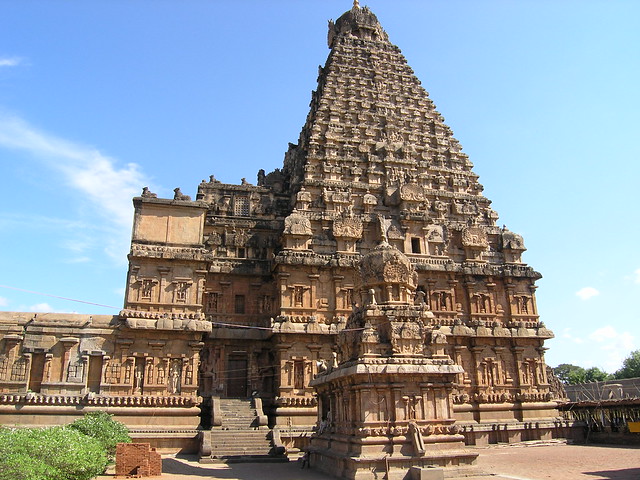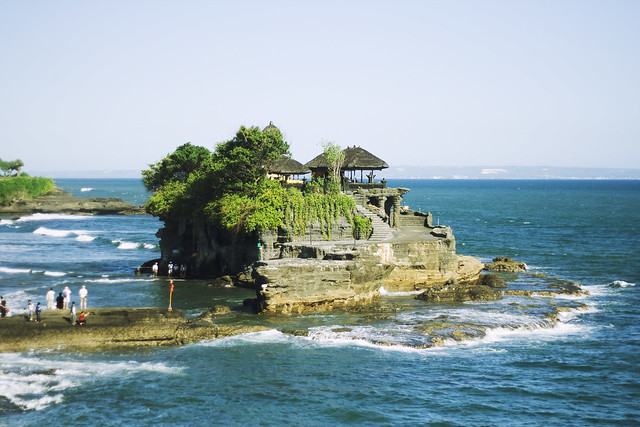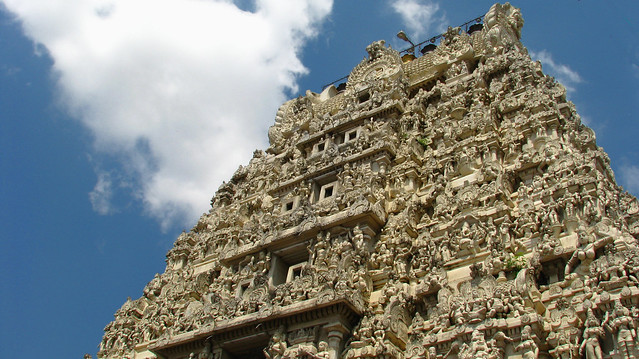A widely shared photo on Cambodian social media, Cambodian opposition leader Sam Rainsy and Prime Minister Hun Sen take a selfie to affirm their 'culture of dialogue' at a dinner between the two families at Cambodiana Hotel in Phnom Penh, Sunday, July 12, 2015. (Courtesy of Sam Rainsy)
When Prime Minister Hun Sen and opposition leader Sam Rainsy sat down together for dinner with their families one recent Saturday evening in Phnom Penh, they touted a continued “culture of dialogue” as a reason for their new apparent friendliness.
Indeed, coming just one year after major violent clashes between opposition supporters and Phnom Penh security personnel, the dinner signifies a new environment.
But political analysts say that the “culture of dialogue” mainly benefits the ruling Cambodian People’s Party and is unlikely to last, given that both sides, in reality, are still vying for control of the country’s political landscape.
“I think these close relations are only temporary,” Ou Virak, head of the think tank Future Forum, told VOA Khmer. “In the end, the two parties, which are not the same, will race to grab power. The role of the ruling party is to maintain power, while the role of the opposition is to bring down the ruling power to take office. So, it can’t be close forever.”
What’s more, if the opposition Cambodia National Rescue Party stays too close with the ruling party, without accomplishing change, it will lose support, he said. “It hasn’t produced any significant results yet,” he said. “They haven’t done anything on corruption, impunity, biased courts or land issues.”
Following the recent dinner, Rescue Party President Sam Rainsy posted photos of the event on Facebook. “Our goal is to broaden the culture of dialogue to all officials’ levels of the CPP and CNRP, and we will transfer this culture to the next generation,” he said. “This culture of dialogue will guarantee that all Khmer people will live in harmony, regardless of political changes in the future.”
Sam Rainsy cited a new National Election Committee as one tangible result of the new environment, a change that will lead to fair elections in the future. And he said the talks between both sides mean less fear of political violence, threats and intimidation for Rescue Party supporters.
Kem Lay, a political analyst, said a relationship between Sam Rainsy and Hun Sen that is too close will cause disappointment in the ranks of the Rescue Party. Notably, Rescue Party Vice President Kem Sokha was not at the dinner. “I don’t see this as a solution,” he said. The “culture of dialogue” will only work in the long term if it leads to better mechanisms of talks at all levels of governance, and in a regular fashion. Otherwise, he said, “it’s useless.”
However, CPP spokesman Sok Eysan said the dinner signified a positive change in the political climate. “The ruling party and the opposition party used to see each other as enemies, by not talking to each other,” he said. “We have now seen a change from negative to positive. We feel happy to see that.”


 Archaeologists believe that construction of the Prambanan Temples began in the middle of the ninth century. According to one inscription found, dated 856 B.C., the King Rakai Pikatan of the Sanjaya dynasty built the first temple, a temple to the god Siva. The Mataram kings later enlarged this temple and developed the Prambanan Temple complex.
Archaeologists believe that construction of the Prambanan Temples began in the middle of the ninth century. According to one inscription found, dated 856 B.C., the King Rakai Pikatan of the Sanjaya dynasty built the first temple, a temple to the god Siva. The Mataram kings later enlarged this temple and developed the Prambanan Temple complex.
